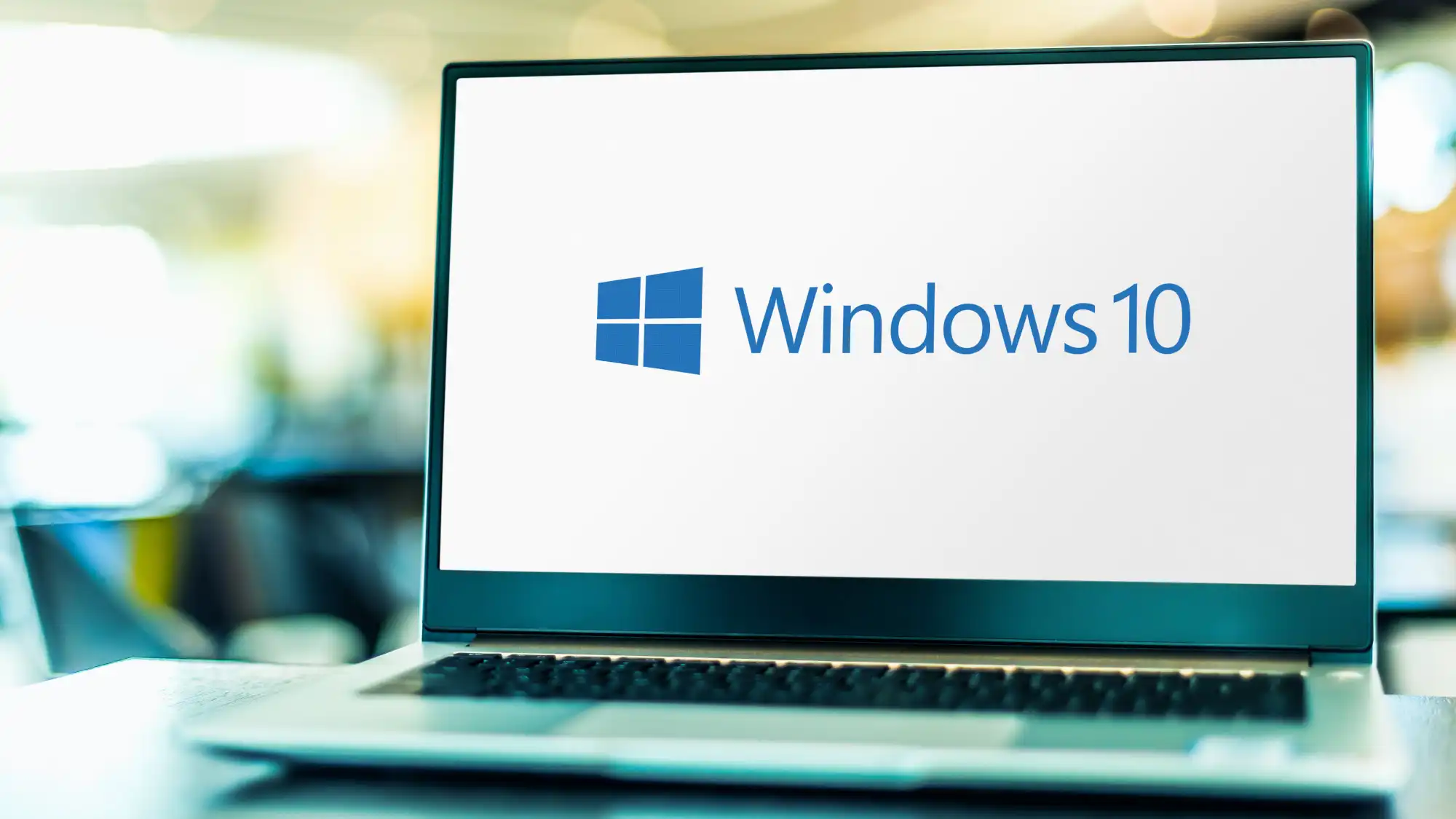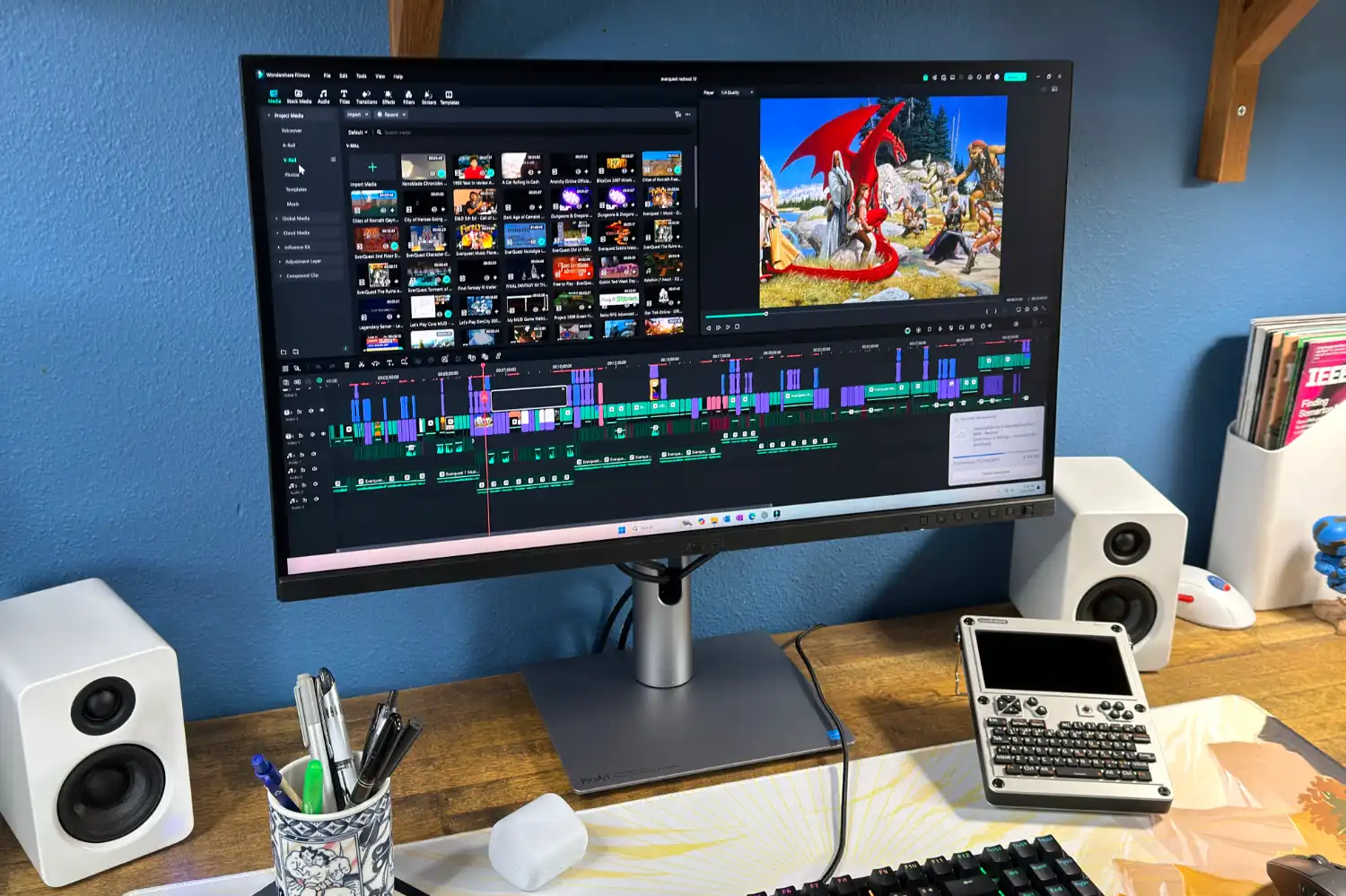Microsoft will officially phase out Windows 10 on October 14th, 2025, ending all updates and support for the system. But without security patches, the continued use of Windows 10 as the main operating system will pose many risks. However, running Windows 10 as a virtual machine (aka VM) is a safer alternative. The separation of the virtual system and the real system reduces potential threats.
How to turn Windows 10 into a VM
With Disk2Vhd, you can convert Windows 10 into a virtual system without much prior knowledge. The advantage of the freeware is that it’s started directly in the Windows installation to be virtualized. The tool writes the existing Windows system to a virtual hard drive in VHD or VHDX format. You can then boot the virtual disc in Windows 11 with Virtualbox or Hyper-V as a virtual machine in the window.
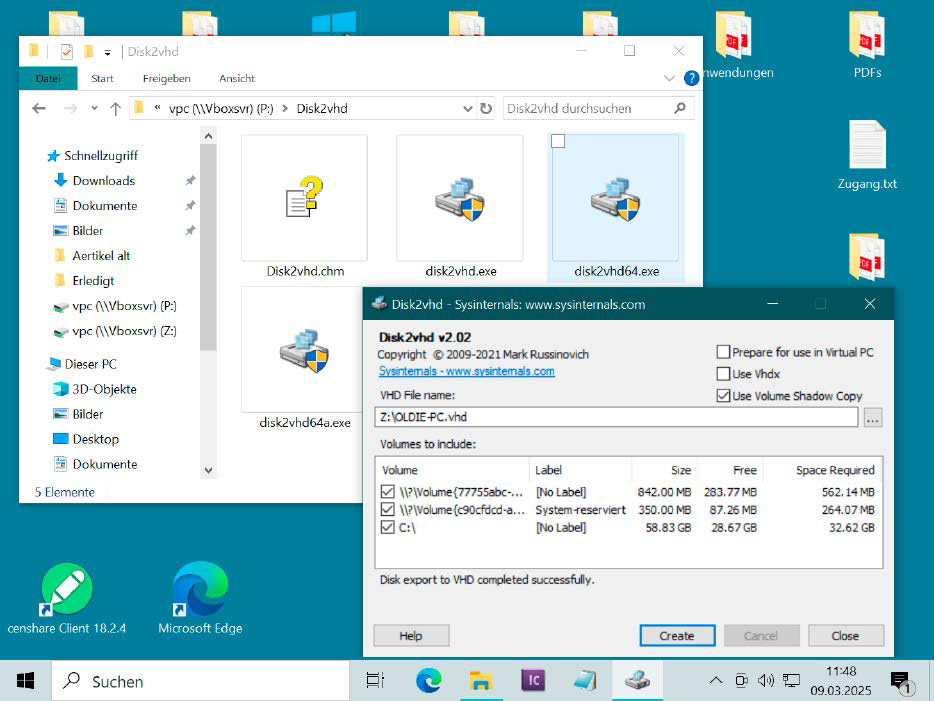
IDG
Download Disk2vhd and unzip the file into an empty folder on your hard drive. Start the program by double-clicking on “disk2vhd64.exe” if you are using the 64-bit version of Windows 10 on the system to be converted.
For Windows 10 with 32-bit, double-click on “disk2vhd.exe”. Disk2vhd displays an overview of all recognized hard drive partitions.
The “Use VHDX” option for the VDHX target format is activated by default–this is ideal if you want to use the virtual hard disk later with Hyper-V.
If you want to boot the guest PC with Windows 10 in Virtualbox, remove the tick in front of “Use VHDX.” Disk2vhd then creates the target file in VDH format, which Virtualbox supports directly. Next, click on the three-dot button after “VHD file name” and specify the storage location for the target file.
Make sure you also enable the “Use Volume Shadow Copy” option, then click “Create” to start the conversion. Once complete, you’ll see the following confirmation message: “Disk Export to VHD completed successfully.”
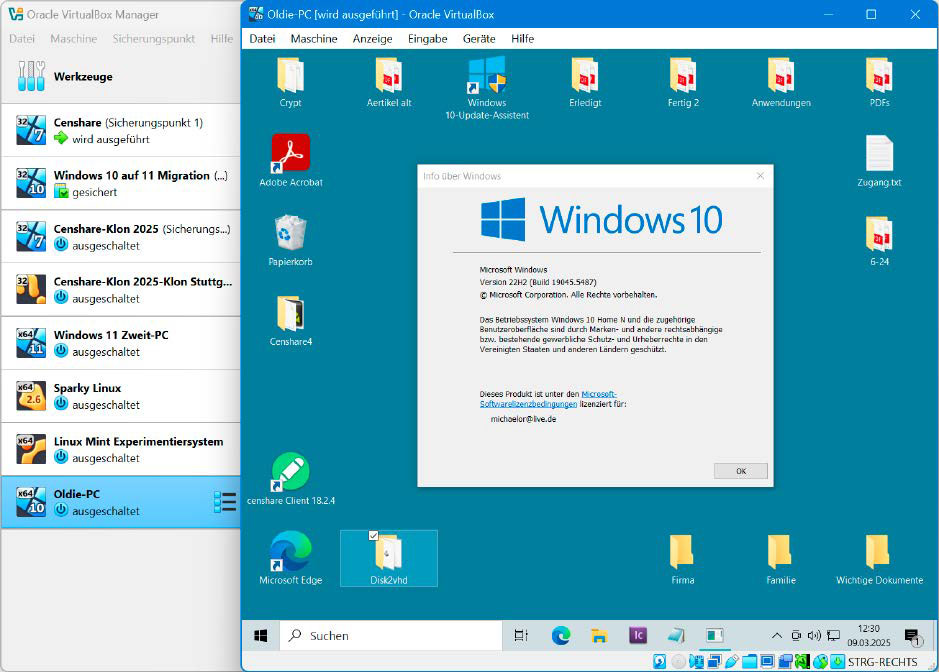
IDG
Copy the hard drive file created with Disk2vhd to the target computer you want to start Windows 10 on. You can also boot directly from an external hard drive.
Booting the Windows 10 image
To start the previously backed up Windows 10 in the window, create a new virtual machine in Hyper-V or Virtualbox, and select “Windows 10” as the operating system. Don’t create a new virtual hard drive, but instead integrate the backup file of your Windows 10 system. In Hyper-V, go to “Use an existing virtual hard disk,” and then (in Virtualbox) navigate to “Use an existing virtual hard disk file.” You can now start your Windows 10 PC.
There’s no guarantee that a Windows 10 installation that has been converted with Disk2vhd will run as desired under Hyper-V or Virtualbox. If the guest PC does not start correctly, convert the hard drive again as a test and adjust the partition selection.
Reinstalling Windows 10
Reinstalling Windows 10 (including your programs) in a virtual machine takes more time, but it has its advantages. A freshly installed system generally runs faster and it usually removes the junk data that had accumulated over the years.
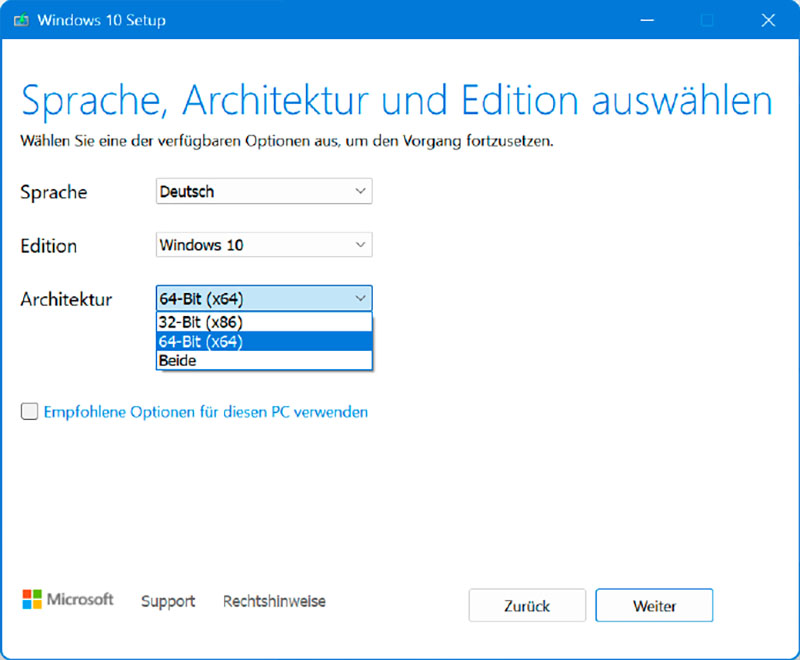
IDG
For the new installation of Windows 10, you need an installation medium like the Windows DVD or Windows ISO file, and the license key (Windows Key). If you don’t have an installation DVD to hand, use the free Media Creation Tool for Windows 10 from Microsoft to download the appropriate ISO image file.
Start the tool. Now click “Accept,” “Select,” “Create installation media (USB memory stick, DVD, or ISO file) for another PC,” and then “Next.” If the suggested Windows version is suitable, click “Next,” otherwise remove the tick from “Use recommended options for this PC,” and select the version. Tick the “ISO file,” select “Next,” and enter a name for the ISO file. Click “Save” to start the download.
Create a VM for Windows 10
Installing Windows 10 as a guest operating system in Virtualbox is the same as setting up a VM with Windows 10. Set the “Type” for the virtual machine to “Windows 10 (64-bit)” for the 64-bit version of Windows 10 or “Windows 10 (32-bit)” for the 32-bit version, depending on your installation medium.
At least 4GB of virtual memory is recommended. As the installation medium, either select the drive containing the Windows DVD or specify the ISO installation file. After installing Windows 10 as the operating system, next install the programs you want to work with. If you’re using Windows 10 under Virtualbox, install the guest extensions via “Devices” and “Insert guest extensions.”

